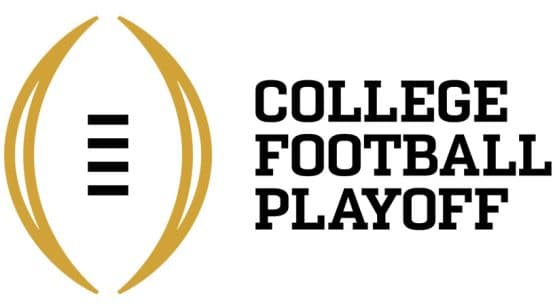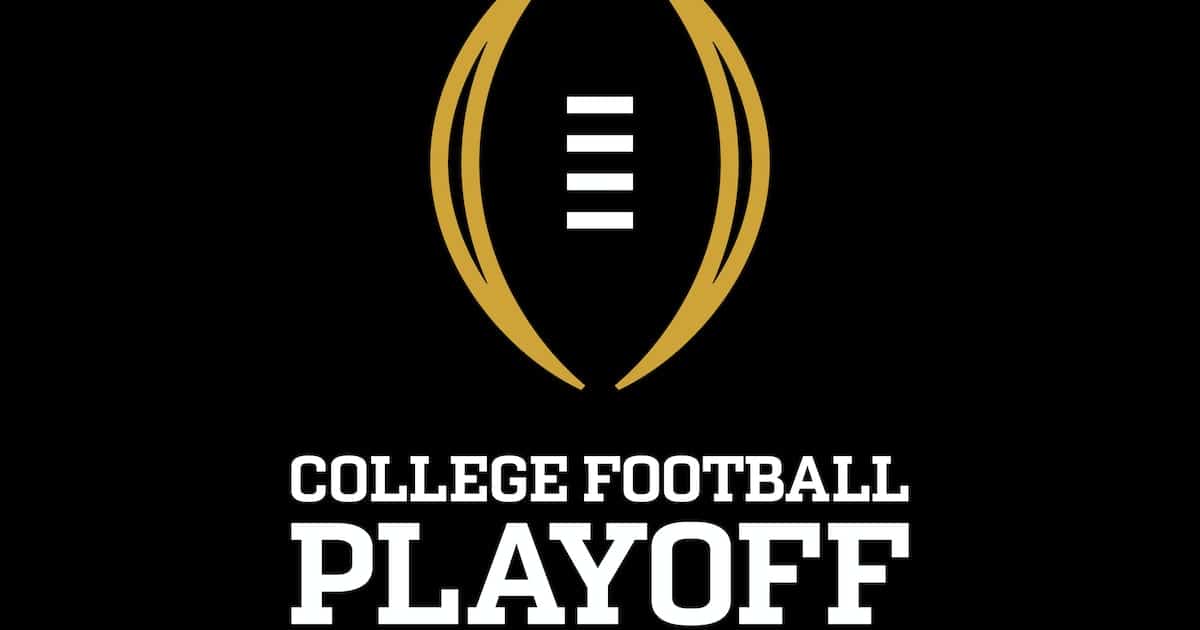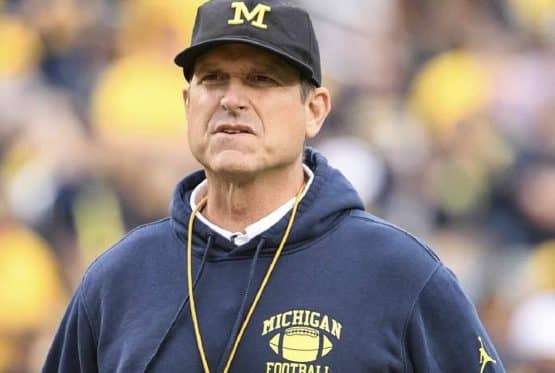It’s finally happening, and much sooner than we thought. A 12-team CFP!
I can’t begin to tell you how excited I am for this. Don’t judge me, but I’ve been drawing 12-team college football tournament brackets for a few years, using the top 12 teams to daydream about some matchups.
College Football Fans Finally Get what They Have Long Deserved
In a move at greater inclusivity, the CFP finally got it right and will expand from four teams to twelve, allowing more programs to compete for the national title. This expansion considered a much-needed improvement by some and a contentious change by others (they’re wrong), will introduce four rounds of play instead of the previous two, aligning college football with most organized sports.
The broader Playoff format naturally raises questions regarding the future of the current New Year’s Day 6 bowls and the selection and ranking of teams. Fortunately, the answers have started to emerge. The new 12-team format is scheduled to commence in the 2024 and 2025 seasons, amending the existing contract between the CFP and ESPN, the exclusive broadcaster of the college football postseason. This earlier start is made possible by an agreement from the Rose Bowl, an iconic fixture in college football, which has embraced the expansion and will hold on to its tradition of being played on New Year’s Day.
When Does The Playoff Start?
According to the College Football Playoff, the expanded Playoff will follow a timeline beginning in the 2024 season. The Fiesta, Peach, Cotton, and Orange bowls will rotate between the quarterfinal and semifinal rounds. In 2024, the Fiesta and Peach Bowls will serve as the quarterfinals, while the Orange and Cotton Bowls will host the semifinals. This arrangement will be reversed in 2025.
Along with the Rose Bowl, as mentioned, the Sugar Bowl will also occur during the quarterfinal round in 2024 and 2025, maintaining their traditional New Year’s Day schedule.
How Does the Format Work?
The 12-team format will consist of the top four conference champions, followed by a combination of the next six highest-ranked teams and the two highest-ranked remaining conference champions. The teams will be ordered based on the rankings the College
This is where they really, really got it right. Teams without a conference alignment stop getting a free pass for not playing during conference championship week and jumping teams that lose in their conference championship game. So independent FBS teams like Notre Dame, Army, UConn, and UMass will never be among the top four teams in the playoffs due to their lack of conference affiliation and the inability to win a conference championship. This also means no independent team will ever receive a bye in the Playoffs.
The top four teams in the rankings will enjoy a bye, while the teams ranked 5-8 will host home playoff games against those ranked 9-12. After these games, the remaining eight teams will compete in the current New Year’s Day 6 bowls, including the Rose, Sugar, Orange, Fiesta, Cotton, and Peach bowls. The allocation of these bowls between the quarterfinal and semifinal rounds will rotate annually.
Here’s How it Looks
In the quarterfinals, the No. 1 team will have the privilege of choosing its preferred venue for the game, followed by the No. 2 and No. 3 teams. By default, the No. 4 team will play in the remaining bowl available for the quarterfinals.
Following the quarterfinals, the highest-ranked team heading into the semifinals will have the first pick among the remaining bowls, while the other two teams will compete in the last remaining bowl of the Playoff by default.
First round
- No. 1 team (bye)
- No. 2 team (bye)
- No. 3 team (bye)
- No. 4 team (bye)
- No. 12 team at No. 5 team
- No. 11 team at No. 6 team
- No. 10 team at No. 7 team
- No. 9 team at No. 8 team
Quarterfinals
- No. 1 team vs. No. 8/9 team
- No. 2 team vs. No. 7/10 team
- No. 3 team vs. No. 6/11 team
- No. 4 team vs. No. 5/12 team
Here is How the Bracket Would Have Looked Last Season
This is where it really gets fun. Take a look at some of the amazing matchups we could have had last year. We got robbed of some awesome first-round matchups such as Utah at Bama and KState @ Tennessee.
| Seed | Team | How they made it |
|---|---|---|
| 1 | Georgia | SEC champion |
| 2 | Michigan | Big Ten champion |
| 3 | TCU | Big 12 champion |
| 4 | USC | Pac-12 champion |
| 5 | Ohio State | At-large (Big Ten) |
| 6 | Alabama | At-large (SEC) |
| 7 | Tennessee | At-large (SEC) |
| 8 | Penn State | At-large (Big Ten) |
| 9 | Clemson | ACC champion |
| 10 | Kansas State | At-large (Big 12) |
| 11 | Utah | At-large (Pac-12) |
| 12 | Tulane | AAC champion |
The top four seeds would have been:
- No. 1 Georgia
- No. 2 Michigan
- No. 3 TCU
- No. 4 USC
The first round would consist of the following games:
- No. 12 Tulane at No. 5 Ohio State
- No. 11 Utah at No. 6 Alabama
- No. 10 Kansas State at No. 7 Tennessee
- No. 9 Clemson at No. 8 Penn State
The quarterfinals would consist of the following games before the Playoff advanced to the semifinals and national championship game:
- No. 1 Georgia vs. Penn State/Clemson
- No. 2 Michigan vs. Tennessee/Kansas State
- No. 3 TCU vs. Alabama/Utah
- No. 4 USC vs. Ohio State/Tulane
The CFP championship game will continue to be played at a neutral site, maintaining the tradition of providing a fair and level playing field for the ultimate showdown between the top two teams.
Add The Sports Daily to your Google News Feed!







